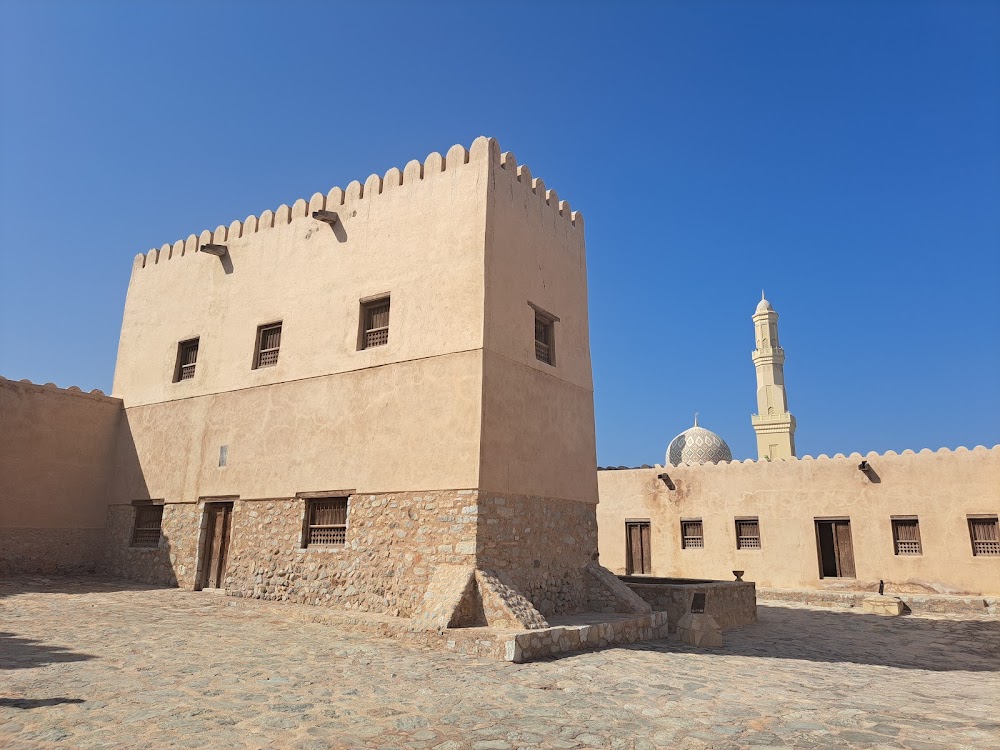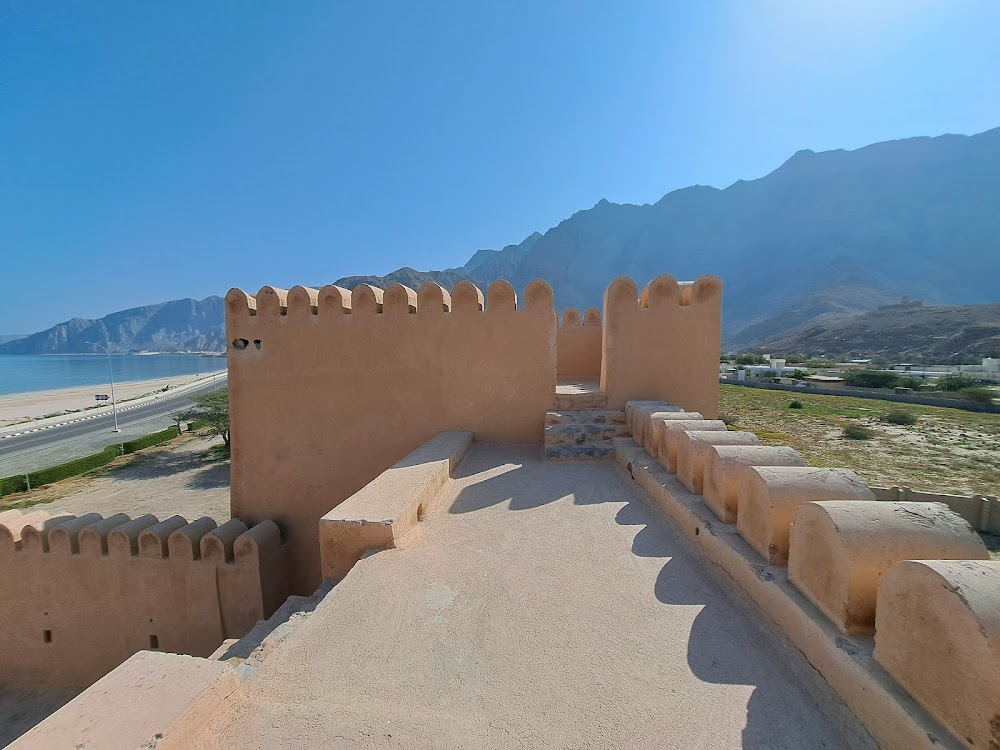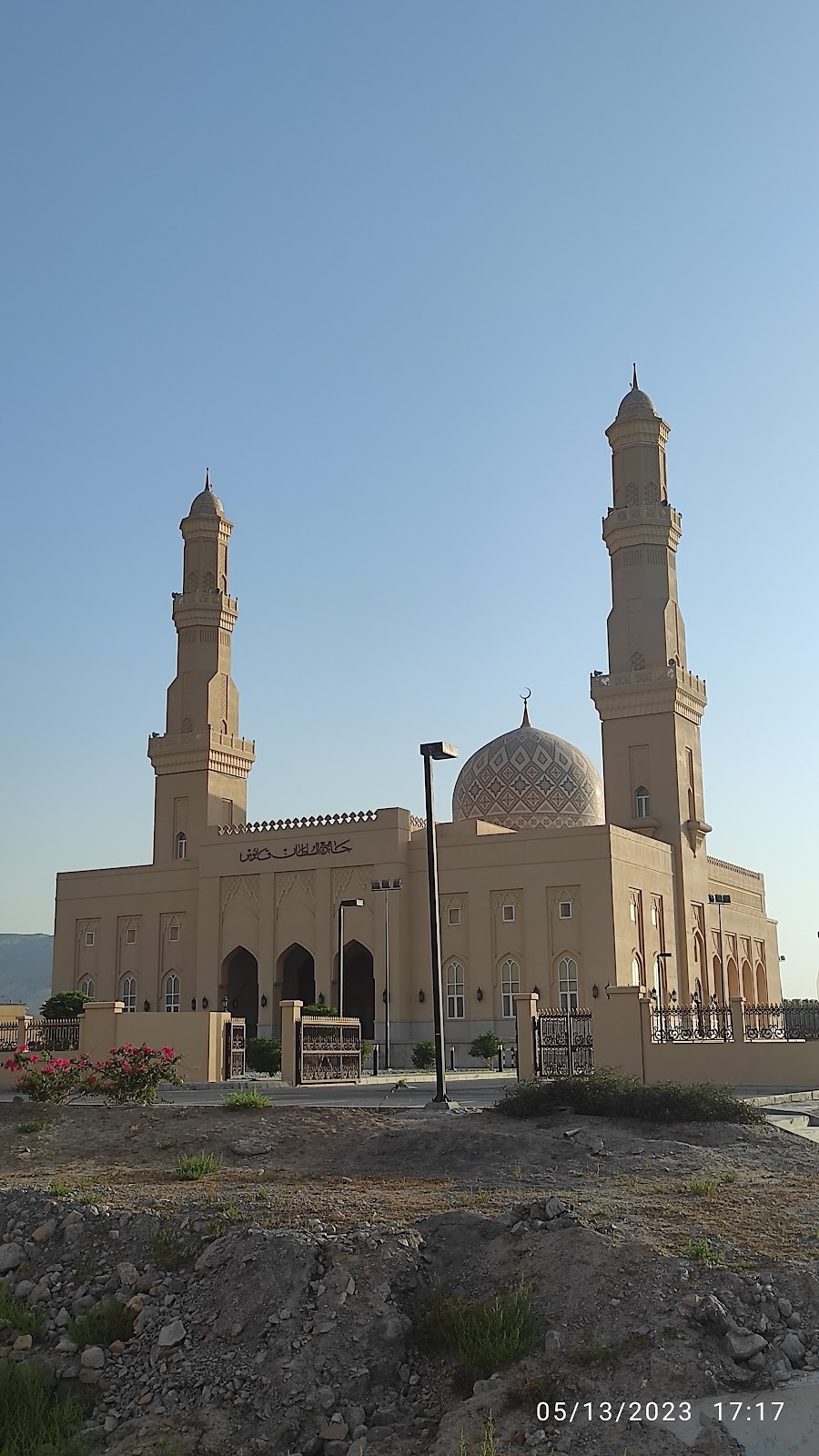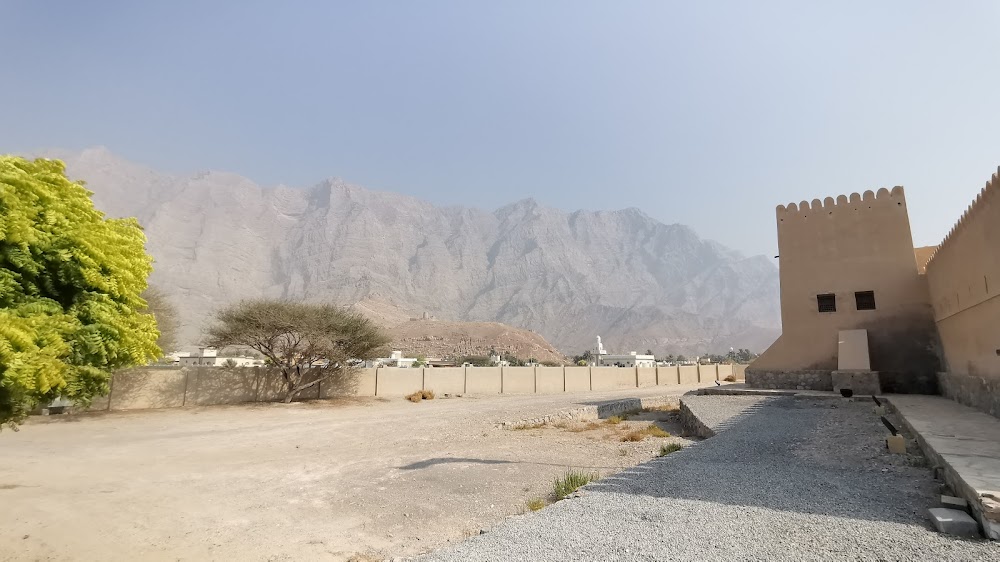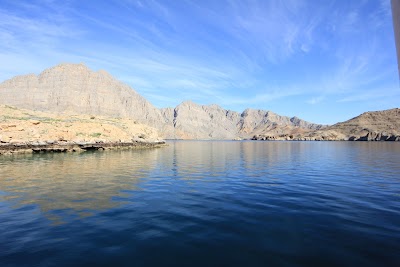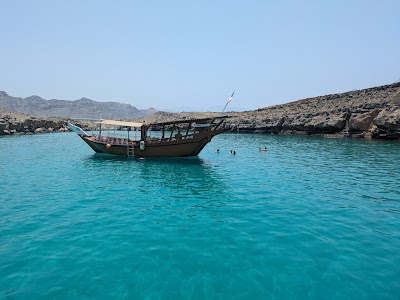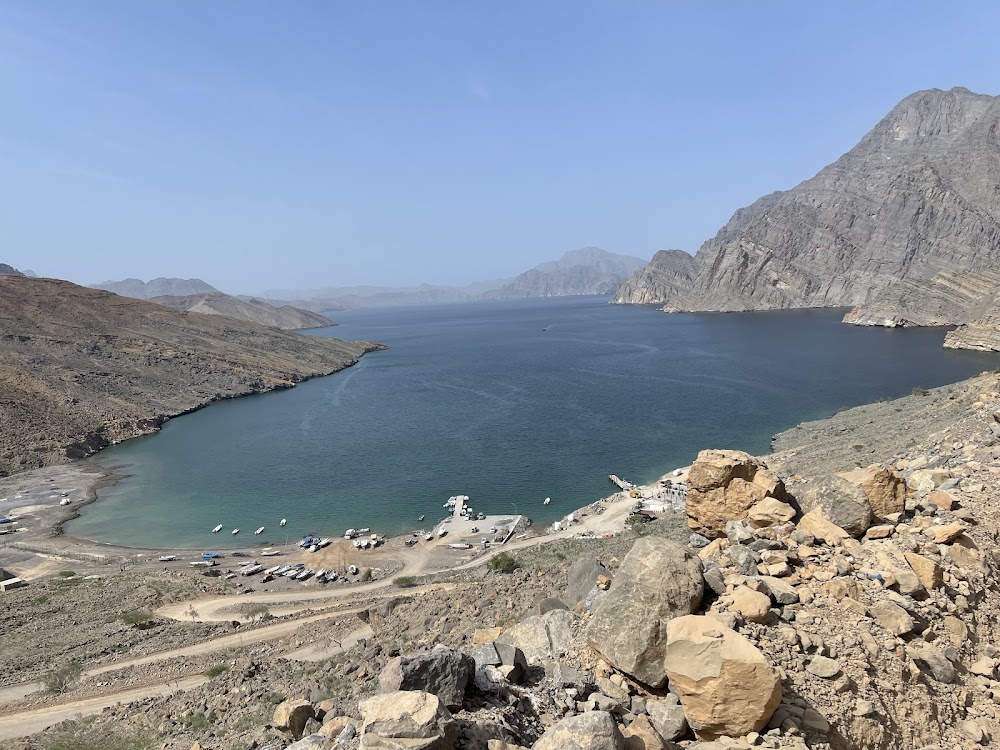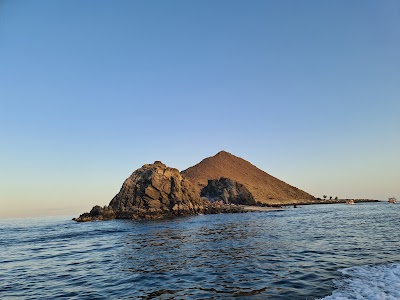Bukha Fort (حصن بخا)
Related Places
Overview
Introduction to Bukha Fort
Bukha Fort stands majestically in the enchanting city of Bukha, nestled within the stunning Musandam Governorate of Oman. This historic fortress is a remarkable testament to the architectural brilliance and strategic foresight of the ancient Omanis, showcasing their ingenuity and resilience throughout the ages.
Strategic Location and Historical Significance
Perched on a hill, Bukha Fort commands breathtaking views of the surrounding landscape, including the sparkling azure waters of the Gulf of Oman. Its strategic location was carefully chosen to monitor and defend against potential sea invasions, ensuring the safety of Bukha's inhabitants while controlling vital maritime routes.
Construction and Architectural Features
Dating back to the 16th century, Bukha Fort was initially built during a time when Portuguese influence permeated the region. Much of the structure we see today, however, is the result of later Omani renovations and expansions. Local builders utilized traditional materials such as limestone, mud bricks, and palm trunk beams, easily sourced from the area.
The fort features a rectangular enclosure surrounded by high, thick walls that create a secure inner courtyard. Narrow slit windows and crenellations punctuate the walls, allowing defenders to return fire while remaining shielded from attackers. Four imposing towers rise from each corner, providing vantage points for surveillance and defense.
Grand Entrance and Interior
One of the most striking aspects of Bukha Fort is its grand entrance gate, adorned with intricate wooden carvings and iron studs. This gate exemplifies traditional Omani craftsmanship, reflecting the aesthetic sensibilities of the era. Upon entering, visitors are welcomed by an expansive courtyard that once buzzed with military activities and community gatherings.
Inside the fort, several preserved rooms and chambers offer a glimpse into life during its operational years. The walls feature niches for storing weapons and provisions, while the floors are adorned with traditional ceramic tiles. One room has been transformed into a small museum, showcasing artifacts like ancient ceramics, traditional weapons, and historical documents that narrate the fort's rich history.
Ingenious Design and Restoration Efforts
An underground passage leads to a vital water well, a crucial resource for enduring sieges. This clever design ensured that the fort's inhabitants had access to fresh water even during prolonged isolation. Lookout posts and firing positions are strategically placed along the walls, emphasizing the fort's primary role as a defensive stronghold.
Bukha Fort has undergone several restoration phases to preserve its historical authenticity while making it accessible to modern visitors. The Omani government, alongside heritage preservation organizations, has meticulously maintained the fort's structural integrity and original design elements, ensuring that any modern interventions are minimal and thoughtfully planned.
Conclusion: A Symbol of Heritage
Today, Bukha Fort stands not only as a symbol of Oman's rich cultural heritage but also as a popular tourist attraction. It offers visitors a unique opportunity to explore the architectural marvels and strategic innovations of ancient Oman. The panoramic views from the fort's heights are breathtaking, providing a serene yet awe-inspiring backdrop that transports visitors back in time.
As you stroll through the hallowed halls of Bukha Fort, you can almost hear the echoes of history—stories of valor, strategy, and the everyday lives of those who once guarded this formidable fortress. As a guardian of the past, Bukha Fort continues to inspire admiration and respect for the ancestors who built and preserved this enduring monument.


